Did you know that the 2010 Jeep Wrangler is known for specific engine issues? Many owners have reported problems. These include:
● Tipm Failure Causing Stalling
● Cylinder Misfire
● High oil consumption
These issues can affect your driving experience. Solutions involve replacing TIPM, fixing cylinder heads, and monitoring oil levels.
Knowing them is key for any Wrangler owner. This article explores these common engine problems. We aim to provide practical insights and solutions. Stay informed and keep your Wrangler running smoothly.
Common Engine Problems in the 2010 Jeep Wrangler
The 2010 Jeep Wrangler is a rugged vehicle. Yet, it has its share of engine issues. Let’s dive into the common problems.
Engine Knocking

This is a common problem in many JW model so you may face it with your 2010 model too.
Here are some potential causes:
- Low Oil: If your Jeep Wrangler is low on oil, it can cause a harsh knock as the engine is starved for oil. Make sure to check your oil levels regularly and refill as necessary.
- Ignition Issues: Problems with the ignition system can also lead to engine knocking. This might require professional diagnosis and repair.
- Timing Issues: If the engine’s timing is off, it can cause a knocking sound. This might require adjusting the engine’s timing or replacing the timing belt or chain.
- Worn Lower Engine Parts: Worn out parts in the lower engine can cause a knocking sound. This would likely require a mechanic to diagnose and repair.
- Rocker Arm Noise: Rocker arm noise is a common issue in Jeep Wranglers. This could be due to a worn rocker arm shaft, or a worn rocker arm. If the noise is coming from the rocker arm, replacing the worn parts might solve the issue.
- Faulty Driveshaft: A faulty driveshaft can also cause a knocking noise when accelerating. Replacing the worn-out U Joint Cap might solve the issue.
Excessive Oil Consumption
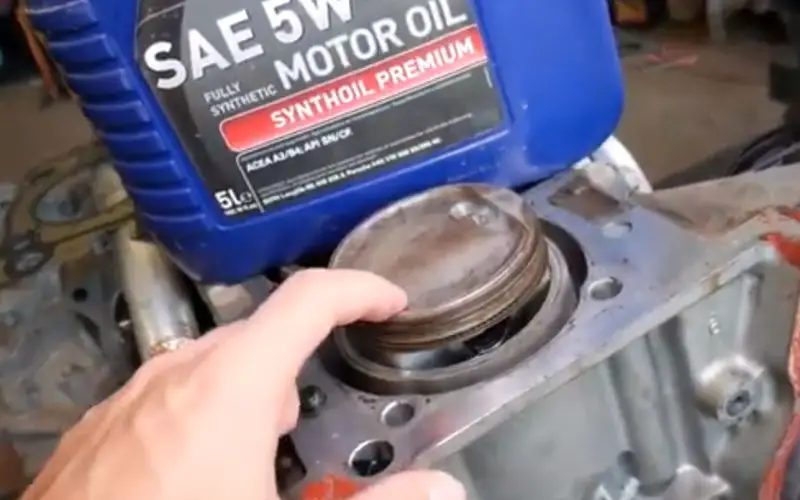
Causes of Excessive Oil Consumption in 2010 Jeep Wrangler may be:
- Gasket and External Leaks: Over tightened, damaged, or out of place gaskets can cause oil leaks.
- Oil Leaks: All oil lines and fittings should be inspected for signs of leakage. The oil filter should be at the proper torque and the oil filter gasket should not be out of place.
- Improper Reading of the Oil Level Indicator on Dipstick: The dipstick should be fully seated in the tube and the dipstick tube should be fully seated in the engine block.
- Valve Seals and Gaskets: Valve seals, valve cover gaskets, oil pan gasket, breather tubes on the back of the engine, and the PCV valve can all be potential culprits.
- Oil Cooler Leaks: The 3.6L engine is prone to leaks in the oil cooler.
Cylinder Misfire
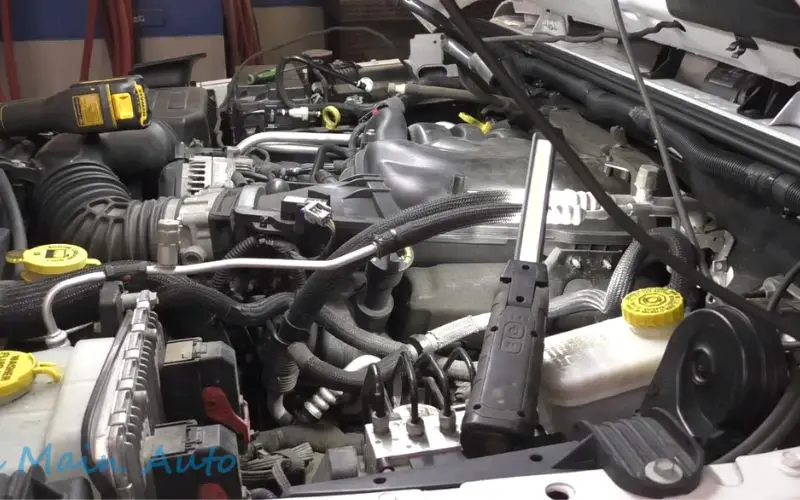
● Causes and Symptoms: A misfire occurs when a cylinder fails to ignite its fuel mix. Causes include faulty spark plugs or ignition coils. Symptoms are rough idling and power loss.
● Real-life Examples from Forums: Owners share stories of misfires. They often mention the need to replace spark plugs or coils.
TIPM Failure Leading to Stalling
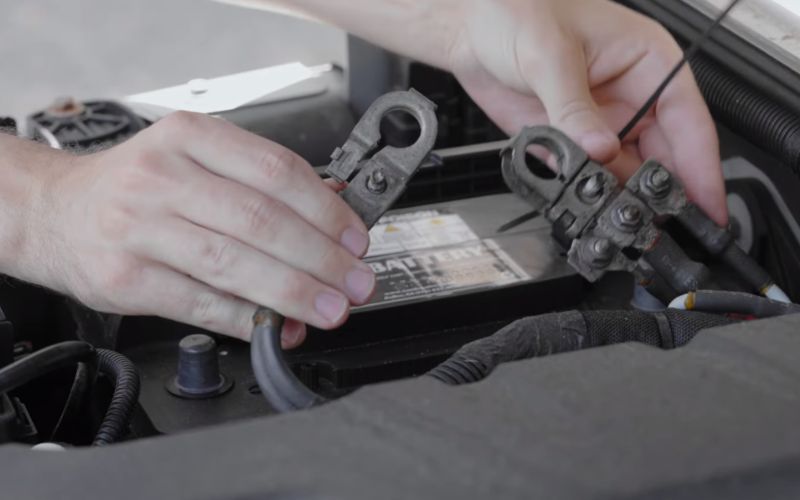
● Technical Explanation of TIPM: TIPM stands for Totally Integrated Power Module. It controls power to various parts of the car.
● How it Affects the Engine: A faulty TIPM can cut power to the engine, causing stalling. This issue is a common complaint among Wrangler owners.
These problems can affect your Wrangler’s performance. Knowing them helps in timely repairs and maintenance.
Diagnosing Engine Problems
Identifying engine problems early is key. It helps prevent bigger issues. Let’s explore how to diagnose these problems in your 2010 Jeep Wrangler.
Warning Signs and Symptoms
Check Engine Light and Other Indicators: The check engine light is a main sign. It lights up on your dashboard. Other signs include strange noises, smoke, and oil leaks. Pay attention to how your car feels and sounds.
Diagnostic Tools and Techniques
● Recommended Tools for Owners: A basic tool is an OBD-II scanner. It reads codes from your car’s computer. These codes help identify problems.
● Professional Diagnostic Methods: Mechanics use advanced tools. They can test more than codes. They check engine parts and systems in detail.
Knowing these signs and tools helps you catch problems early. This can save you time and money. Stay alert and keep your Wrangler in good shape.
Solutions and Repairs
Fixing engine problems in your 2010 Jeep Wrangler is crucial. Let’s look at solutions and repairs for common issues.
Addressing Engine Knocking
➢ Low Oil: Make sure to check your oil levels regularly and refill as necessary.
➢ Ignition Issues: This might require professional diagnosis and repair.
➢ Timing Issues: This might require adjusting the engine’s timing or replacing the timing belt or chain.
➢ Worn Lower Engine Parts: This would likely require a mechanic to diagnose and repair.
➢ Rocker Arm Noise: If the noise is coming from the rocker arm, replacing the worn parts might solve the issue.
➢ Faulty Driveshaft: Replacing the worn-out U Joint Cap might solve the issue.
Managing Oil Consumption
Solutions for Excessive Oil Consumption in 2010 Jeep Wrangler:
- Regular Inspection and Maintenance: Regularly inspect the oil pan and engine intake manifold for leakage. Verify that the oil filter is at the proper torque and the oil filter gasket is not out of place.
- Check Oil Level Regularly: Make a routine of checking and topping off the oil level regularly.
- Recall for “oil consumption”: There was a recall where they flashed the firmware to somehow fix the problem.
- Replacement of Faulty Parts: If valve seals, gaskets, or the PCV valve are found to be the cause, they may need to be replaced.
Fixing Cylinder Misfires
❖ Step-by-Step Repair Guide:
➢ Use an OBD-II scanner. Find the misfire code.
➢ Check the spark plugs. Replace them if necessary.
➢ Inspect ignition coils. Change any that are faulty.
➢ Look at fuel injectors. Clean or replace as needed.
➢ Test compression. Ensure cylinders have proper compression.
➢ If unsure, consult a mechanic. They can provide expert help.
Resolving TIPM Issues
❖ Replacement Process and Costs:
➢ Diagnose the TIPM. Confirm it is the problem.
➢ Purchase a new TIPM. Ensure it’s the right model.
➢ Disconnect the battery. Do this before starting work.
➢ Remove the old TIPM. Follow the manual carefully.
➢ Install the new TIPM. Make sure all connections are secure.
➢ Costs can vary. They depend on the TIPM model and labor.
Following these steps can help fix your Wrangler’s engine problems. Stay proactive in maintenance to avoid future issues.
Preventative Maintenance and Tips
Preventative maintenance is key for your 2010 Jeep Wrangler. It helps avoid major repairs. Here are tips to keep your Wrangler in top shape:
1. Regular Oil Changes: Change oil as recommended. It keeps the engine healthy.
2. Check Fluid Levels: Regularly check and top up fluids. This includes engine oil, coolant, and brake fluid.
3. Inspect Brakes: Check brake pads and discs often. Replace them if worn.
4. Tire Maintenance: Keep tires at the right pressure. Rotate them as needed.
5. Battery Care: Check the battery. Clean terminals and ensure it’s charged.
6. Clean Air Filters: Replace air filters regularly. It improves engine performance.
7. Routine Inspections: Look for leaks or unusual noises. Address small issues before they grow.
Regular care reduces the risk of big problems. Stay proactive in your vehicle’s maintenance.
FAQs
What steps can I take to maintain the engine’s health in my 2010 Jeep Wrangler?
Regularly check and change the oil, monitor coolant levels, and replace air filters. Keep an eye on the engine’s performance and address any unusual noises or behaviors promptly.
Can I perform basic engine troubleshooting at home, or should I consult a mechanic?
You can perform basic checks like oil level, coolant, and air filters at home. For more complex issues, especially those indicated by the check engine light, consult a mechanic.
Is the 2010 Jeep Wrangler a good model?
The 2010 Jeep Wrangler is popular for its off-road capabilities and rugged style. However, it’s known for certain engine issues and may not be as reliable as other models.
Is Wrangler high maintenance?
Jeeps itself, known for high maintenance cost. 2010 Wranglers is not out of that list.
Is Wrangler good for long drive?
Wranglers are great for off-road adventures. Specially 4 door vehicles will give you a good long ride experience. Know more from this video –
And you can also check here for more suggesions.
Final Words
The 2010 Jeep Wrangler, known for its ruggedness, does come with common engine problems like knocking, oil consumption, misfires, and TIPM issues.
However, staying vigilant with regular maintenance, prompt diagnostics, and the right repairs can keep your Wrangler running smoothly.
While it offers off-road capabilities, it may not be the most comfortable choice for long highway drives. Being proactive in maintenance is key to a reliable Wrangler experience.
References:
- https://wranglerjkforum.net/threads/2010-misfire-on-no-4-cylinder.29159/
- https://www.carcomplaints.com/Jeep/Wrangler/2010/electrical/TIPM_faulty.shtml
- https://www.jeepforum.com/threads/rocker-arm-noise-worth-repairing.4460421/
- https://www.jeepforum.com/threads/video-help-4-0-loose-rocker-arm-cause-a-tick-knock.4459204/
- https://www.jlwranglerforums.com/forum/threads/engine-knocking.56677/
- https://www.700r4transmissionhq.com/jeep-wrangler-engine-knocking/
- https://www.jeepforum.com/threads/4-7-oil-consumption.1521911/
- https://www.jeepforum.com/threads/service-bulletin-09-001-12-engine-oil-consumption-guideline-2012-2013.1386234/
- https://www.reddit.com/r/Jeep/comments/u63kdy/are_jeeps_high_maintenance/
- https://www.quora.com/Is-the-Jeep-Wrangler-comfortable-for-long-drives
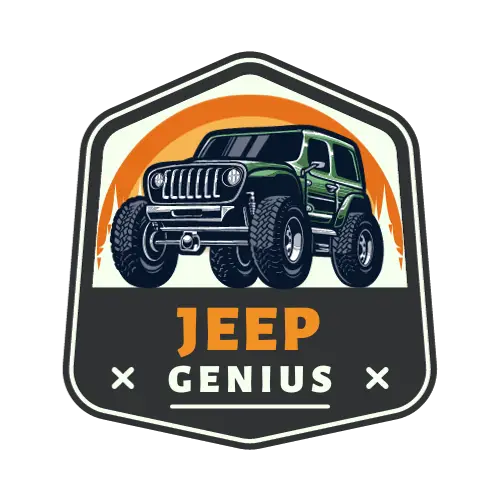
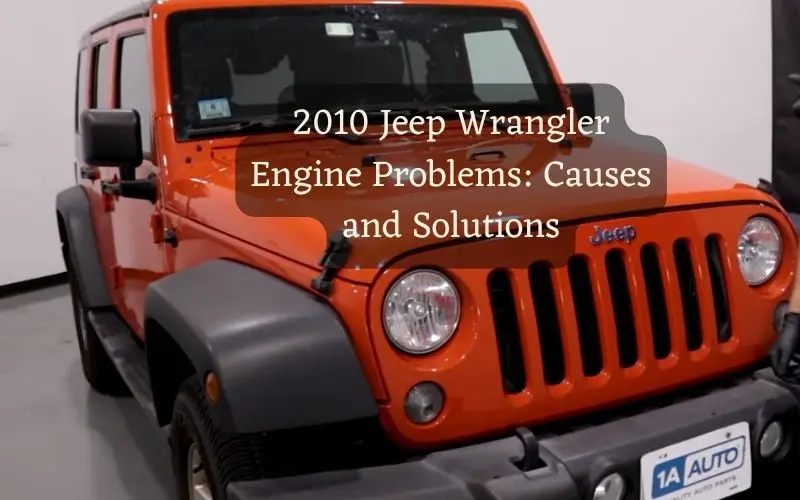
Leave a Reply